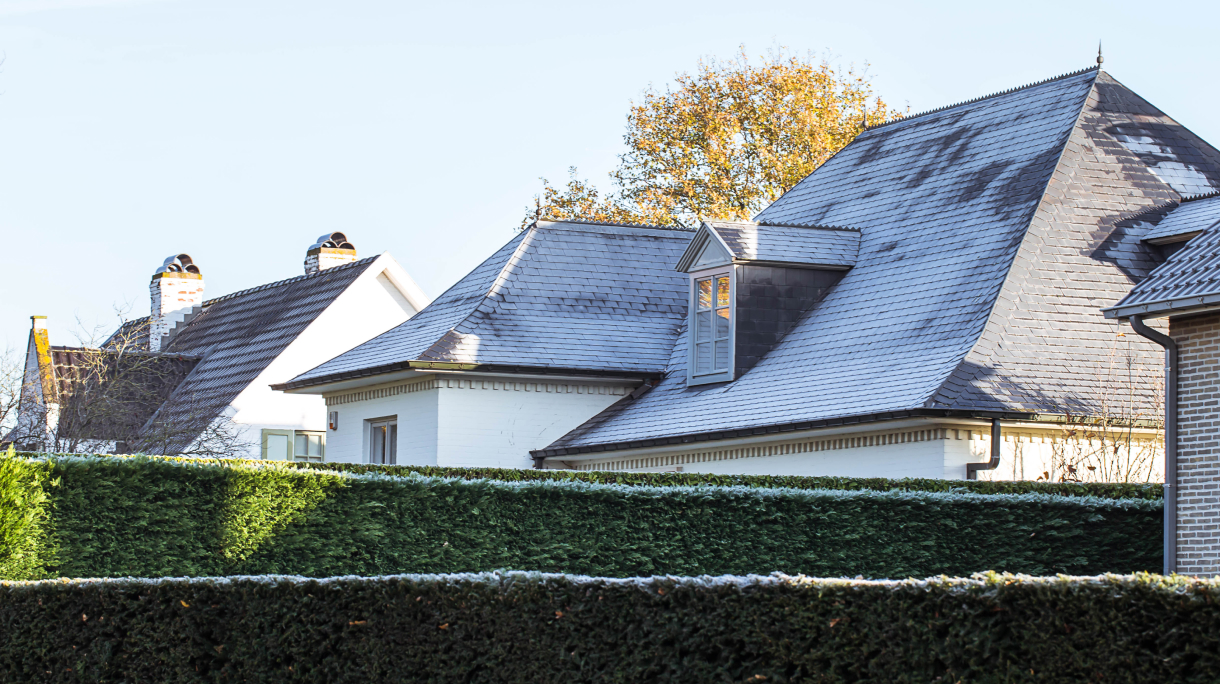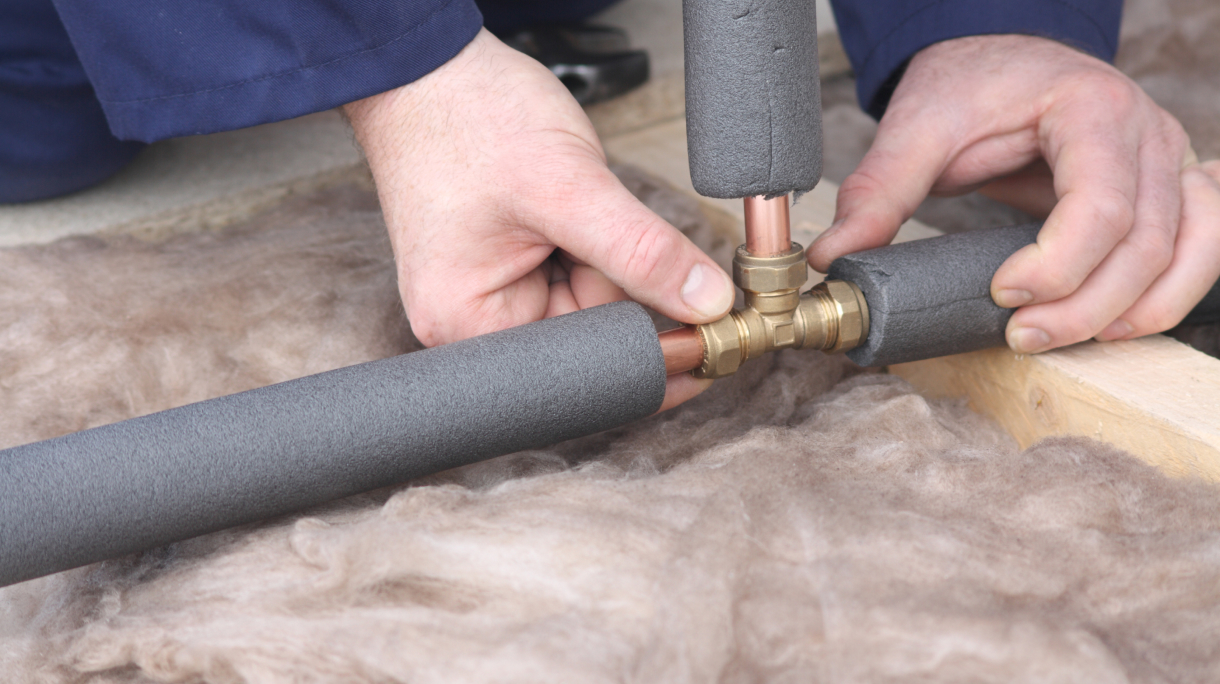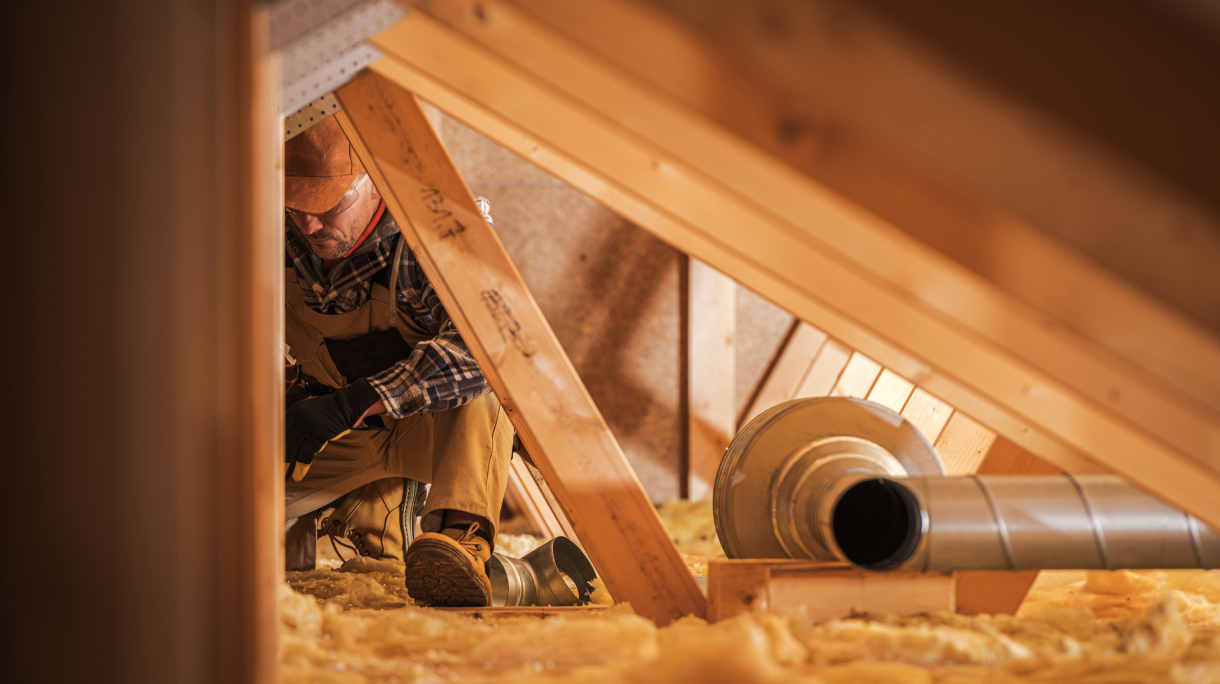Insulate and Save: How to Properly Insulate Your Home for Maximum Efficiency
Is your home chillier than it should be? According to Friends of the Earth, nearly 10 million UK residential properties are not sufficiently insulated. That equates to £1 in every £4 spent on heating lost to poor practices.
To prepare for winter, prevent heat loss and lower your energy bills, here are our top tips on how to insulate your home.
Step 1: Identify the problem areas
Heating loss can occur in your home’s walls, roof, floor and hot water tank. To detect where you’re losing heat, you can start simply by feeling for a draught around doors and windows, or any gaps in outlets and fixtures.
- Next, feel the walls when the heating is on. Uninsulated walls may feel colder than the rest, which is particularly important on exterior walls, such as in detached houses. According to the Energy Saving Trust, around one-third of heat escapes through the walls.
- The roof, meanwhile, can lose up to 25% of a property’s heat. In colder months, look to see if there’s no frost on your roof while there is on your neighbours’. This is a clear sign that heat is escaping and you may need loft insulation.
- Floors in older homes may lose heat if they’re made of wood. You’ll only need to insulate the ground floor, but you could save up to £50 a year by putting in mineral wool floor insulation under your floorboards.

Step 2: Start small with draught-proofing
The key difference between controlled ventilation and heat loss is that one reduces condensation and damp. The other is not controlled and lets in too much cold air. The good news is that you can start cheaply with draught-proofing.
You can do this yourself if there are only a few small air gaps, using draught excluders. Be mindful not to cover any vents or extractor fans, particularly in kitchens and bathrooms. You can also use sealant to cover any cracks.
Common areas to watch out for include:
- Doors and windows
- Chimneys
- Loft hatches
- Pipework
- Wall cracks.
For bigger jobs, a professional will draught-proof your home for around £250.

Step 3: Invest in wall and roof insulation
You can save between £330 and £590 per year with the right home insulation, so it’s certainly cost-effective if you are losing heat.
If you’re doing it yourself, you can insulate your loft relatively cheaply. You’ll need insulation materials such as fibreglass or mineral wool, which should be layered between the joists. A secondary layer should be laid at right angles to cover them. You should expect to pay around £300 for this, but you’ll also see long-term savings of around £165 a year.
Cavity wall insulation is not as low-cost, but can save you around £400 per year on heating bills. You may need a professional to assess the suitability of the cavity, or else this could lead to damp problems.
External wall insulation is the best option for energy efficiency and also adds a layer of rain protection. However, it comes at a cost – more than five figures for an average of £600 per year in savings.

Step 4: Add finishing touches
After paying out for big projects, you can also lower your carbon footprint with a few upgrades around the home. Insulate your tank with a hot water cylinder jacket, which should cost around £15. Likewise, pipe insulation is another cheap type of insulation, saving you around £90 per year for 80mm, and potentially reducing carbon emissions by over 400kg.
Choose carpets with thermal underlay if you can, or add rugs to wood floors to feel warmer. This will help you to keep your thermostat down. It should be set to 19°C, while double glazing or temporary secondary glazing film will keep the heat in.

Step 5: Change your daily habits to lower energy prices
Whether you’re plugging gaps or going for full solid wall insulation, there’s a lot more you can do as a homeowner. Investments in a smart heating system will encourage eco-friendly habits, such as smart meters to monitor your energy use.
Look at energy efficiency ratings on your appliances or check your Energy Performance Certificate (EPC) to see how sustainable your property is. You’ll need this when selling your home!
To save on heating oil, consider upgrading to Glowmax and arranging regular boiler servicing. Prevention is better than the cure, so the more maintained your heating system, the lower the breakdown costs.

Find more energy saving tips with our online resources
From DIY foam insulation to lighting and heating, we’ve got energy saving tips for off-grid homes throughout the UK. Stay warm this winter with help from our online guides.




